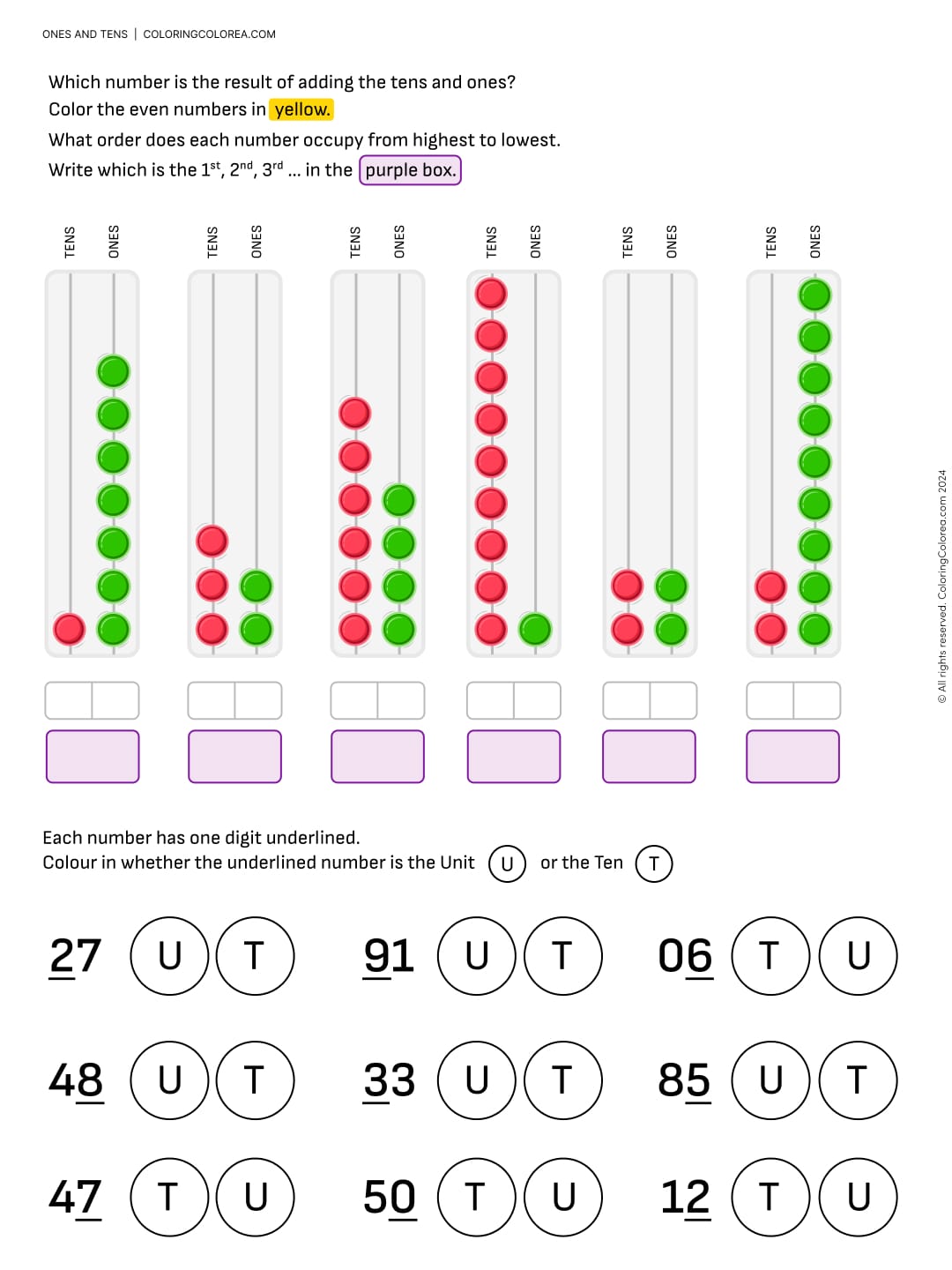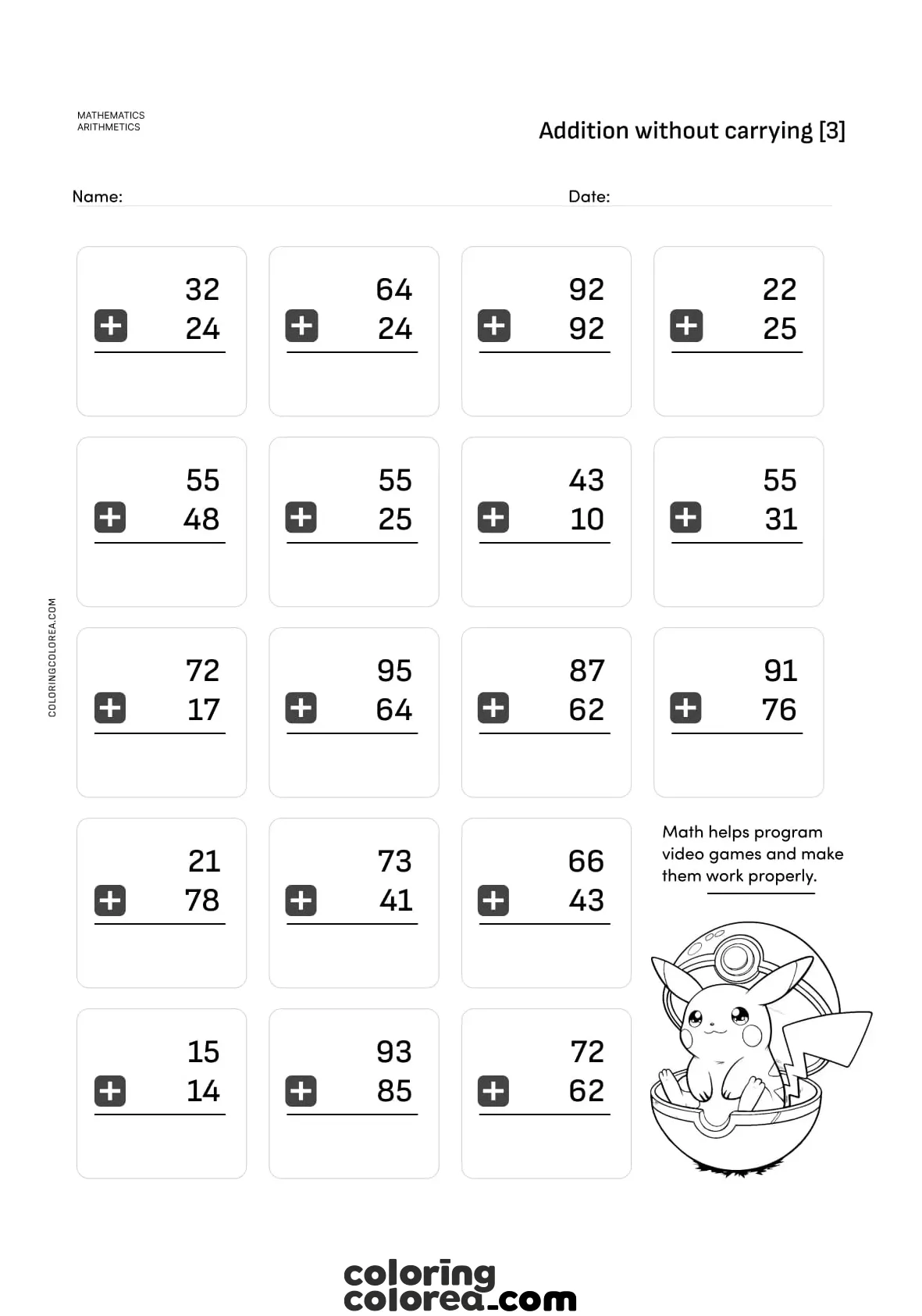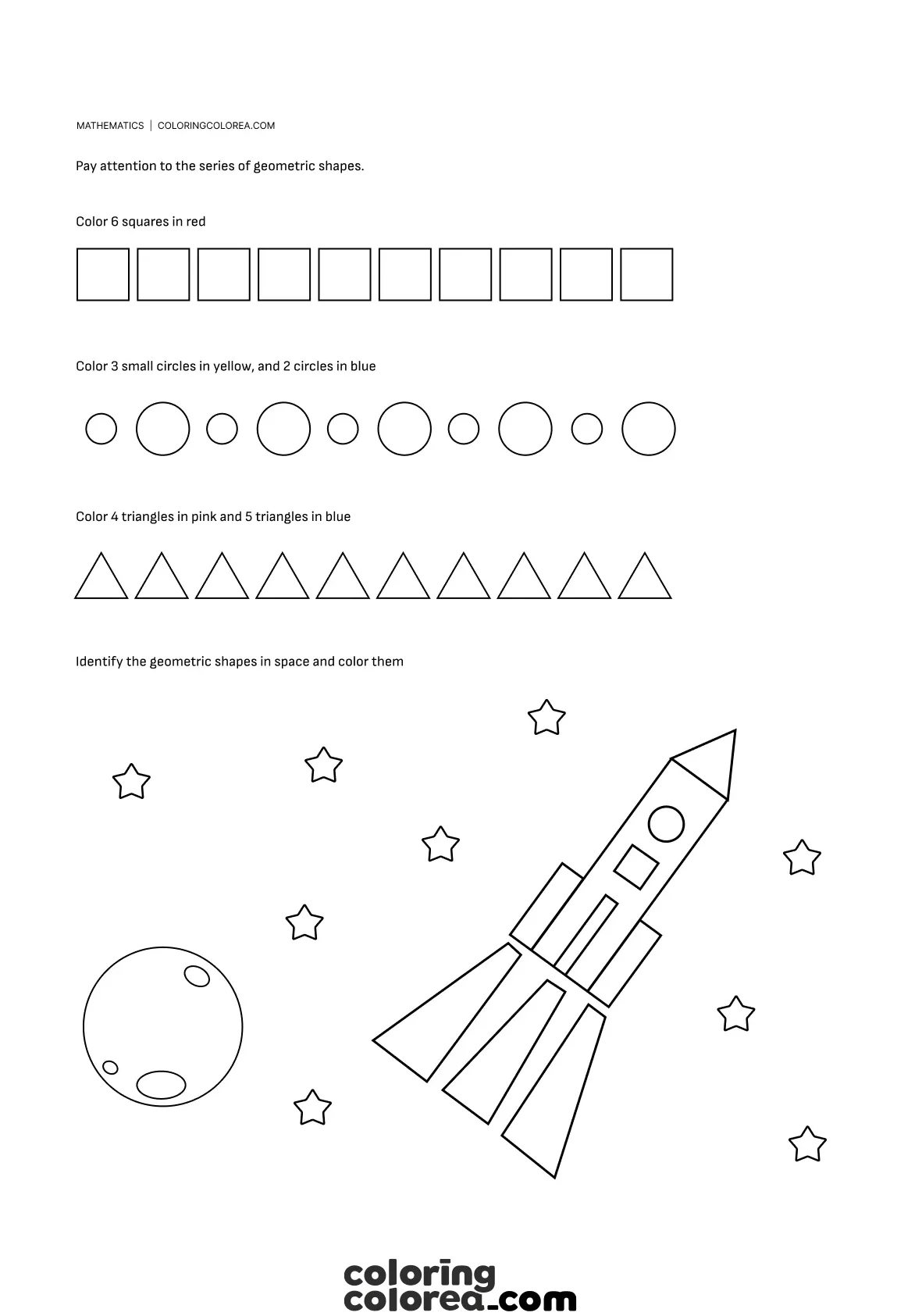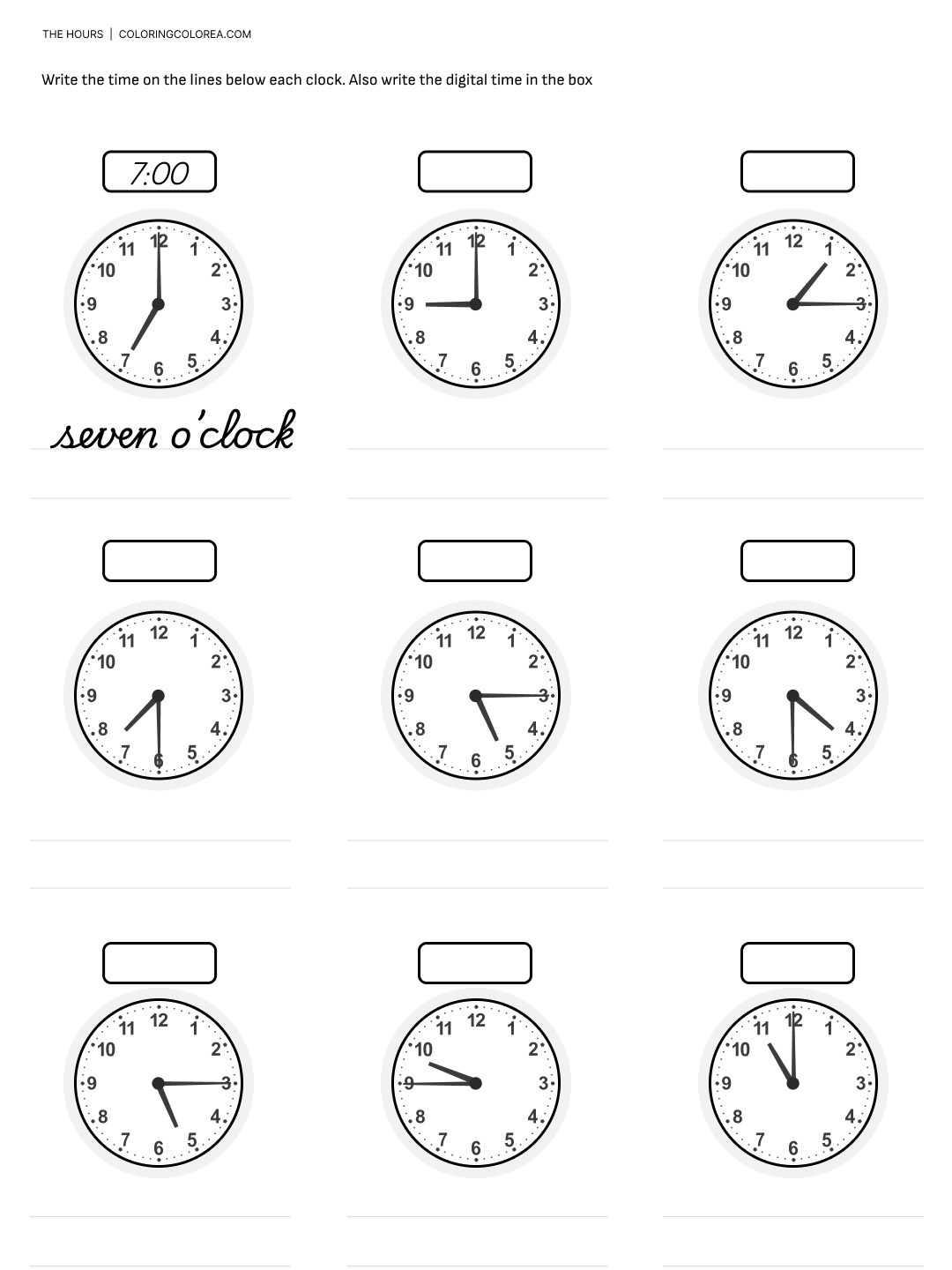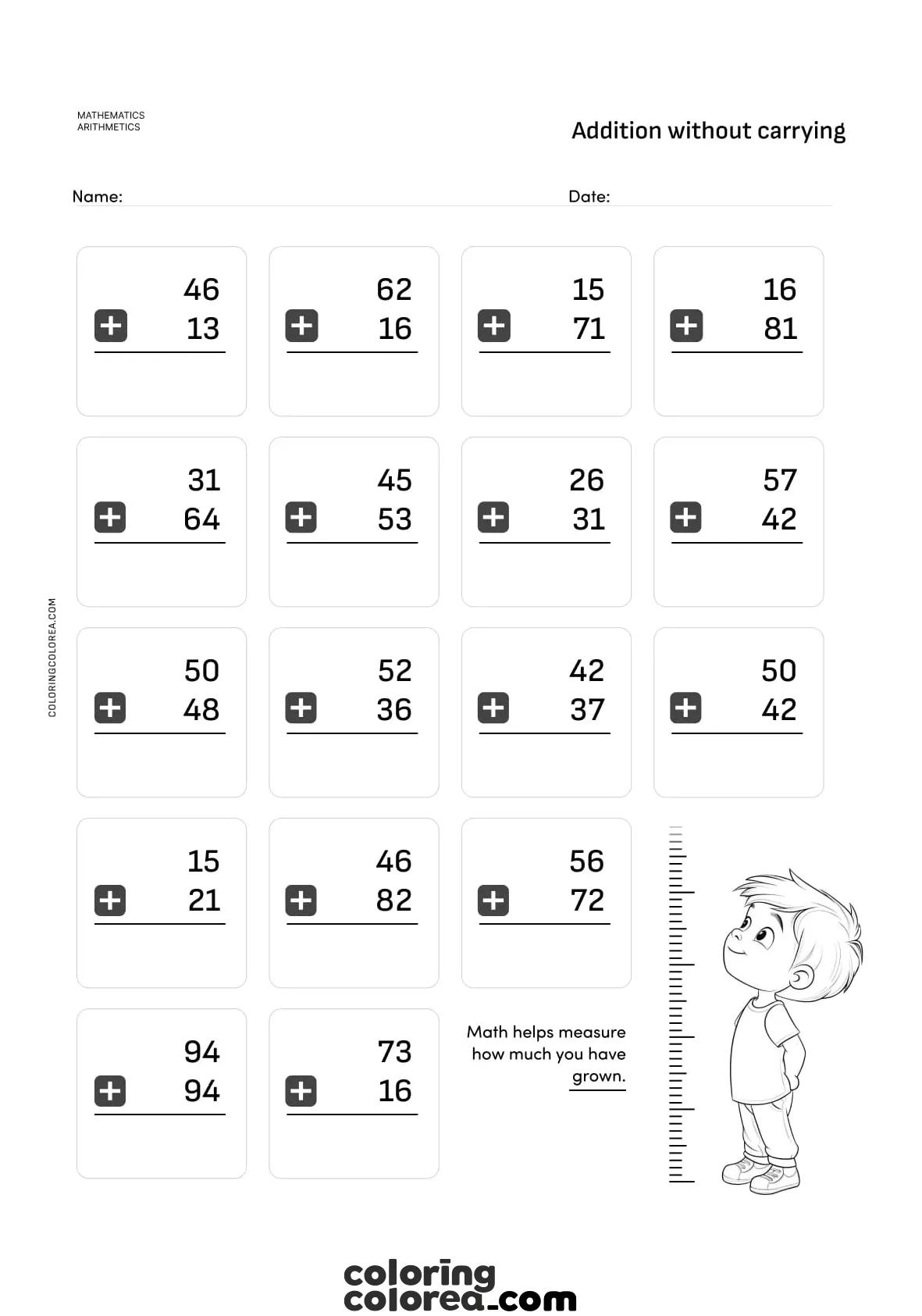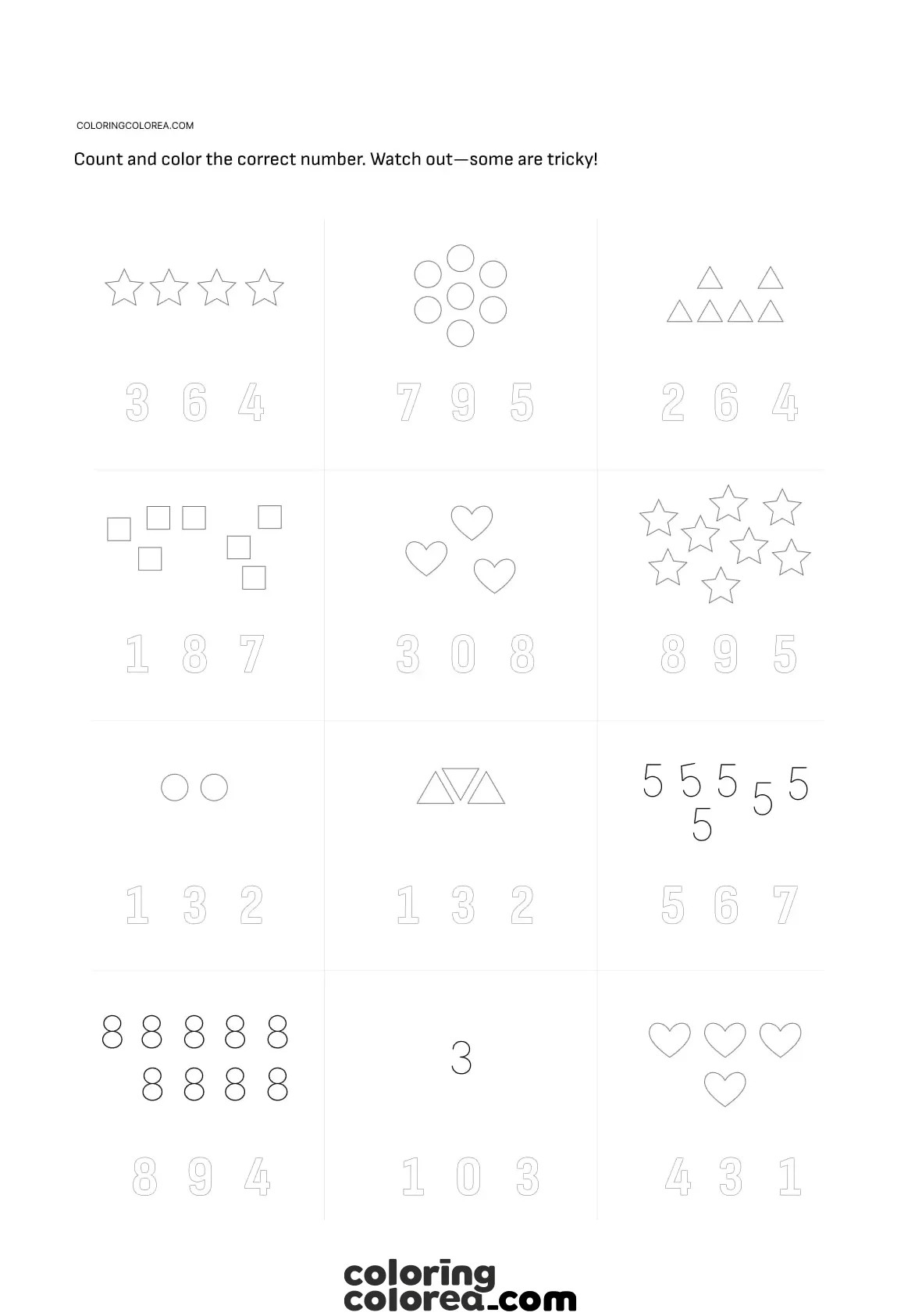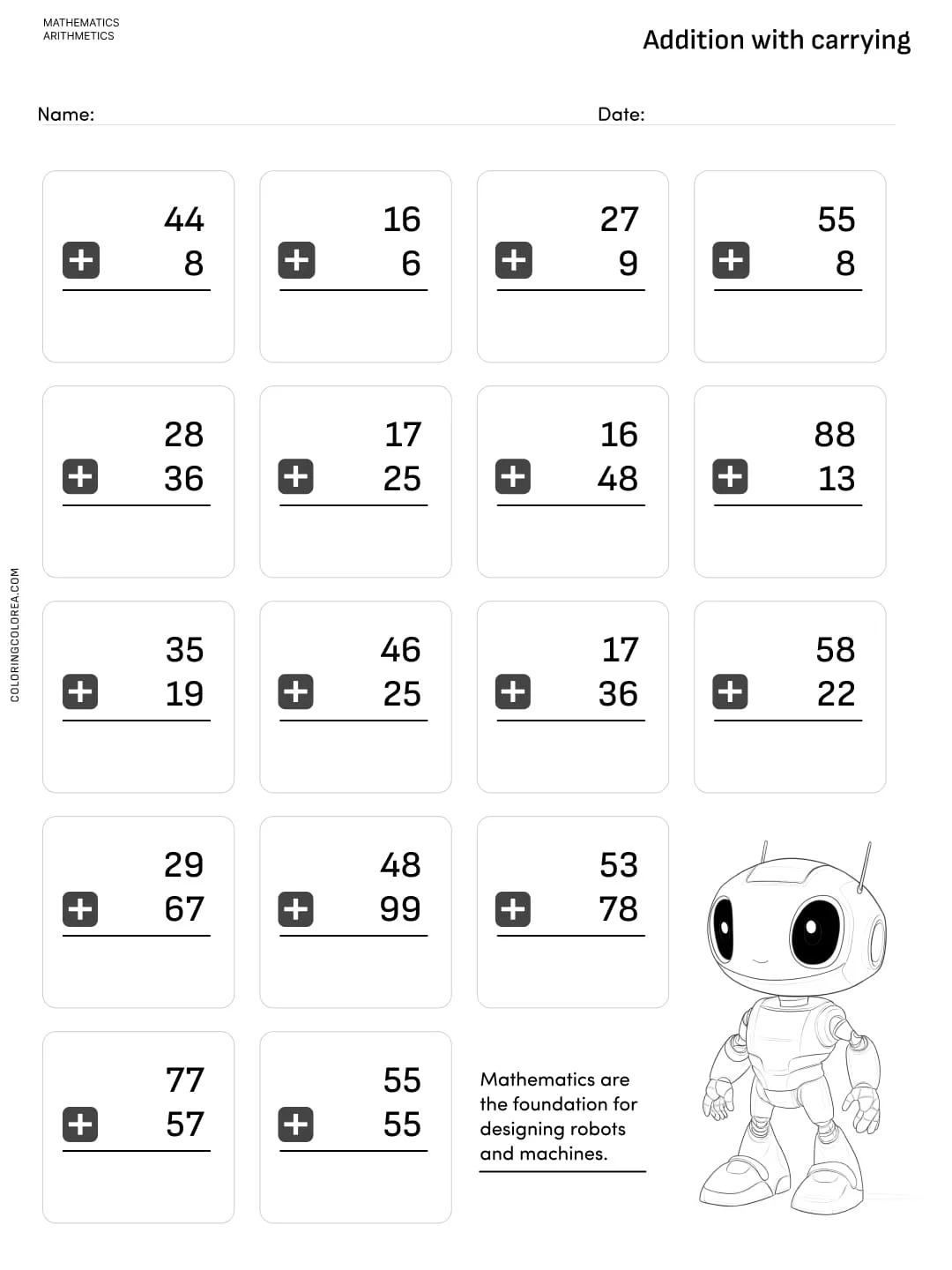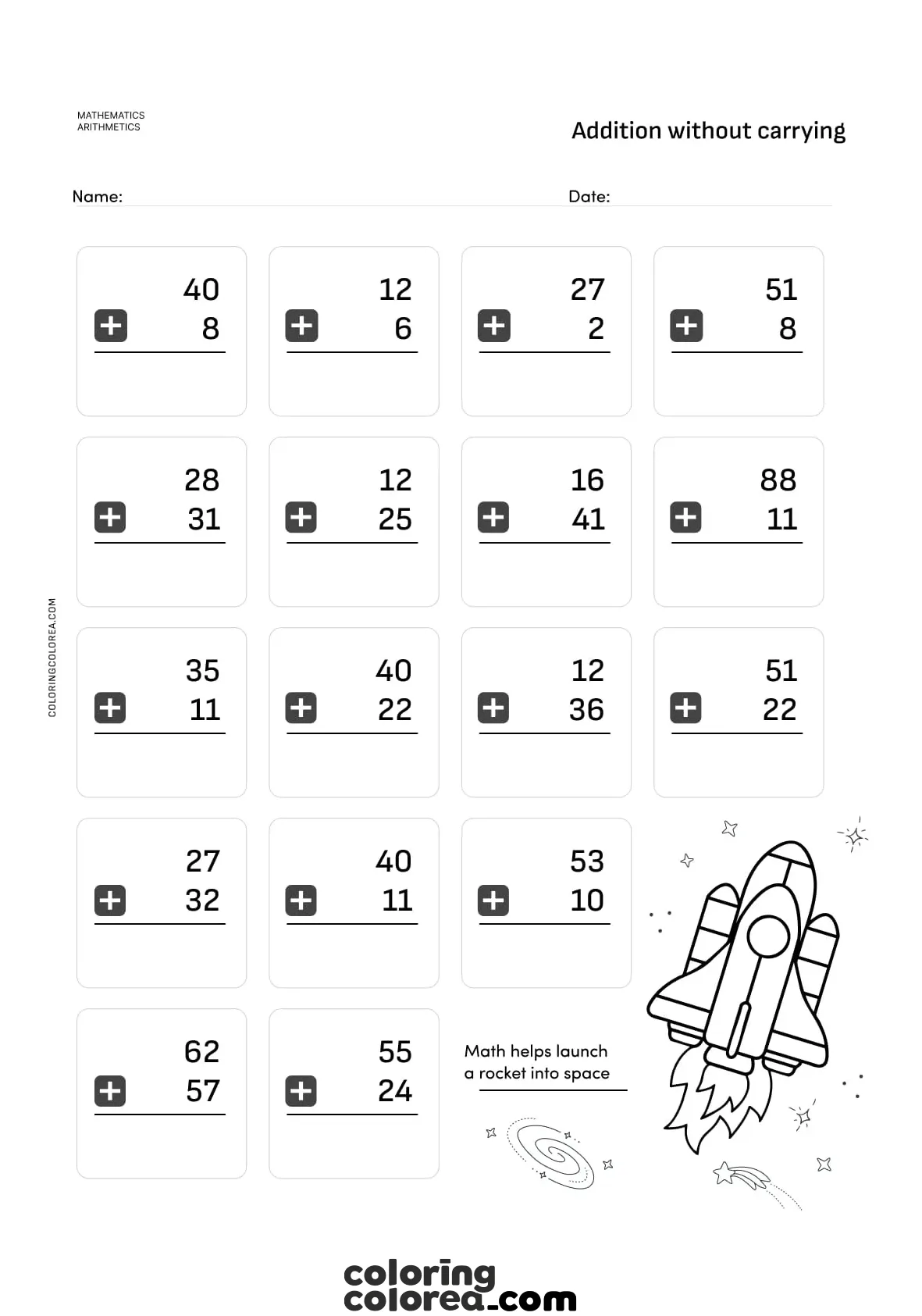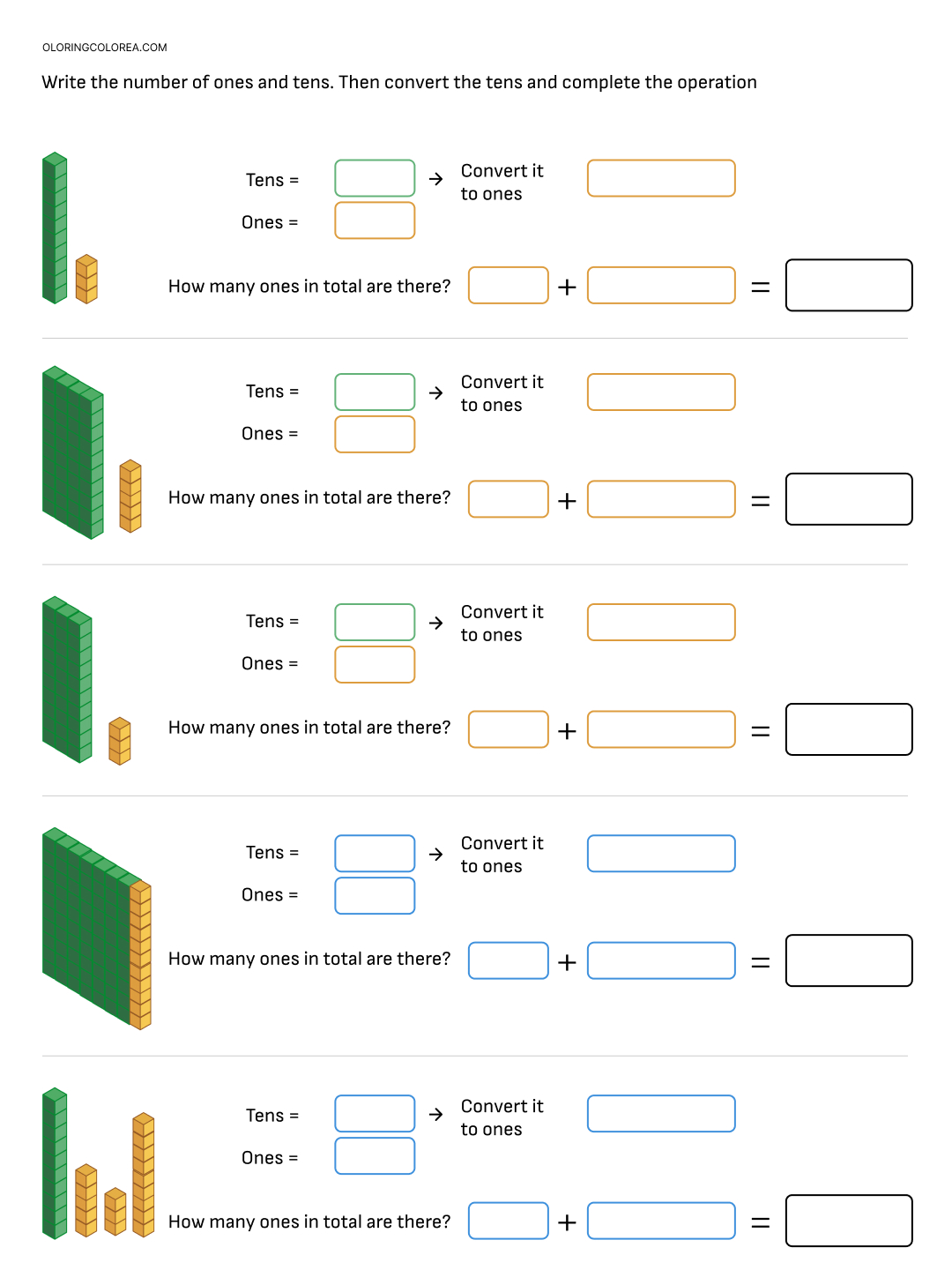This didactic unit on units, tens, and ordinal numbers addresses the need to introduce students to mathematical thinking in a visual and practical way. By working with graphic representations and colors, children associate abstract concepts with concrete elements, which facilitates understanding. Additionally, the use of colors and visual manipulation enhances attention and interest, fostering a positive attitude toward mathematics.
Benefits
- Visual Understanding: Graphic representation allows students to visualize the relationship between units and tens, understanding the place value of numbers.
- Fine Motor Development: Coloring and tracing promote fine motor skills, essential for general development at this educational stage.
- Order and Sequence: Working with ordinal numbers helps children understand sequential order, a key concept in both mathematics and cognitive development.
- Number Recognition: By coloring and ordering numbers, students reinforce number recognition, consolidating prior knowledge.
- Problem-Solving Skills: These activities encourage logical reasoning and problem-solving in simple contexts, strengthening their ability to tackle mathematical challenges.
Previous Steps
Before starting the activity, it’s essential to ensure that students:
- Recognize numbers from 1 to 10 and from 10 to 50.
- Understand the basic concept of counting by ones.
- Are familiar with basic colors for visual differentiation.
Activity Development
- Introduction to Units and Tens: We will introduce the concepts of units and tens using manipulative blocks or drawings on the board. We’ll explain how one ten equals ten units and how these values are represented in numbers.
- Explanation of Place Value: Using the visual examples from the document, we show how units and tens are grouped in columns. Students are asked to color the tens in one color and the units in another, to highlight the difference.
- Counting and Ordering Exercises: At this stage, students will count and order numbers from highest to lowest and vice versa, then indicate the ordinal position in the purple boxes. This helps reinforce number sequence and pattern recognition.
- Underline and Selection Activity: In the second part of the worksheet, students will color according to the underlined value in each number, identifying if it is a unit or a ten. This reinforces the idea of place value and helps them see how a number changes when its position is altered.
Next Steps
To continue learning place value and ordinal number concepts, we can include activities such as:
- Board games with numbers and positions, where they advance or move back on a number line.
- Creating charts with more tens and units, exploring higher numbers.
- Using ordinal number exercises in practical situations, such as the sequence of days of the week or the position of objects in a line.
